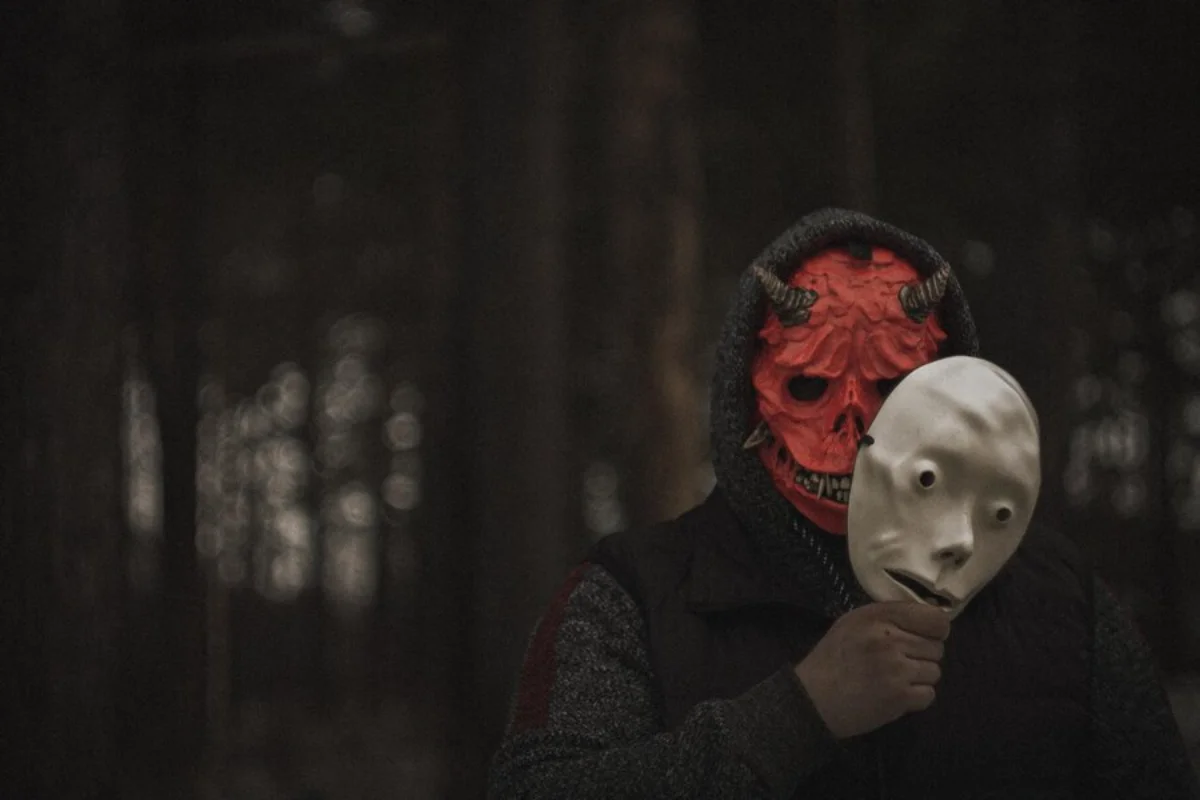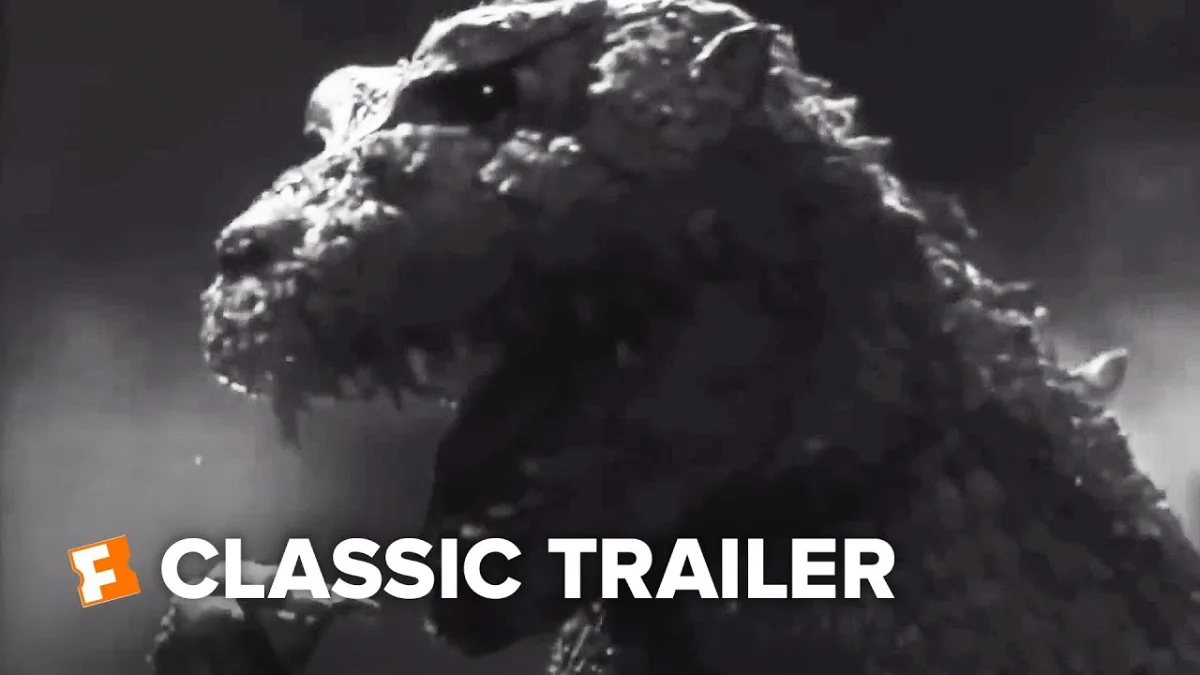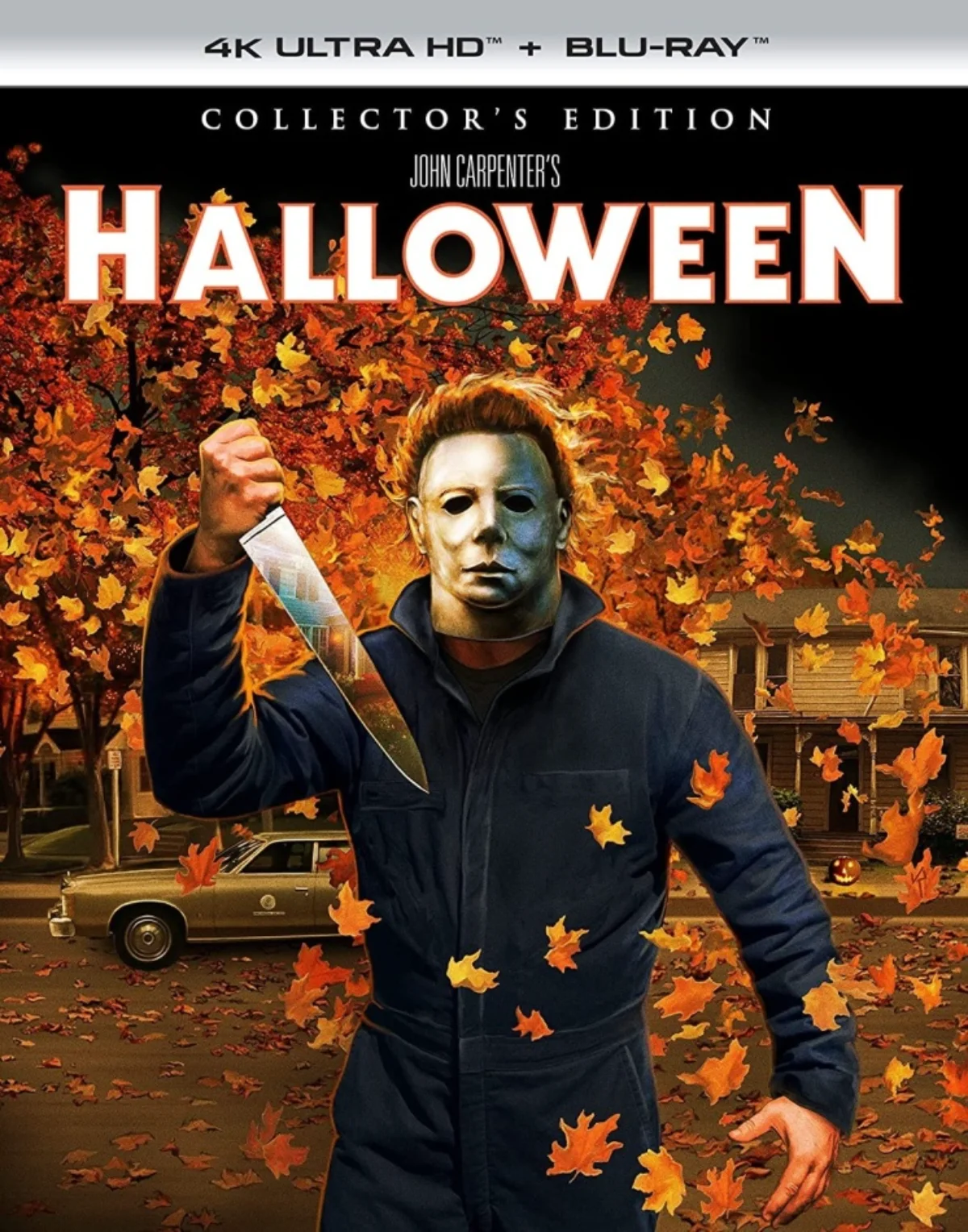The Evolution of Horror Movies: From Classic to Modern
Horror films are a key part of cinema. They draw in audiences with stories of fear, suspense, and the supernatural. Horror films have come a long way since the early days of cinema. Their history is a captivating mix of innovation and cultural change. Each era brings a new way to explore fear. Today’s blockbusters continue this thrilling journey. In this article, we’ll look at how horror movies have changed over time. We’ll start with their classic origins and move to the best modern films. Plus, we’ll highlight new trends that are shaping the genre.

The Birth of Horror Cinema: Classic Beginnings
Horror cinema started in the early 20th century. Filmmakers created scary images for the big screen. Although horror has existed in literature and theatre for centuries, cinema really brought the genre to life.
Early Horror Films: Silent and Black-and-White
- The Cabinet of Dr. Caligari (1920): This film is seen as one of the first real horror movies. It’s a silent German expressionist film. It mixes psychological horror with a unique, twisted set design. It set the stage for many horror tropes, like madness, obsession, and unreliable narration.
- Nosferatu (1922): This film loosely adapts Bram Stoker’s Dracula. It stands out as one of the most iconic silent horror films. Max Schreck’s portrayal of Count Orlok remains one of the most frightening and influential performances in film history.
- Frankenstein (1931) and Dracula (1931): The 1930s brought talkies and classic Universal Monsters. Frankenstein and Dracula brought iconic horror creatures to life. They made these monsters unforgettable in our culture. These films showed a raw and direct type of fear. They focused on the grotesque and the unknown.
Early horror films highlighted gothic settings, famous monsters, and the darker sides of human nature. They set the stage for many great horror movies that came later.

The Golden Age of Horror: The 1950s and 1960s
The 1950s and 1960s changed horror cinema. The genre grew to show the fears and anxieties of that era. After the war, the Cold War began. This time also saw the rise of science fiction. These factors shaped many horror films of the era.
The Rise of Creature Features and Sci-Fi Horror
- Godzilla (1954): Made in post-war Japan, Godzilla shows the fear of nuclear war’s impact. The monster movie genre grew popular. Giant creatures now threaten humanity in new, creative ways.
- The Thing from Another World (1951) and Invasion of the Body Snatchers (1956) highlight fears of conformity and invasion. They mix science fiction with horror. The tension between the unknown and the familiar became a central theme during this era.
- Psycho (1960): Directed by Alfred Hitchcock, Psycho elevated psychological horror to new heights, exploring the complexities of the human mind. With its shocking plot twists and the infamous shower scene, Psycho pushed boundaries and set the stage for modern slasher films.
During this era, horror films became more experimental, incorporating suspense, psychological terror, and science fiction elements. The genre moved away from the purely supernatural and embraced more grounded, psychological forms of fear.

The Slasher Boom and New Horror: 1970s-1980s
The 1970s and 1980s were transformative decades for the horror genre, ushering in a wave of slasher films and more graphic depictions of violence. Certain films from this period had a big impact on the genre. They influenced many movies that came after.
The Birth of the Slasher Genre
- Halloween (1978): Directed by John Carpenter, Halloween is often credited with creating the slasher genre. The film introduced audiences to Michael Myers, a masked, unstoppable killer, and set the template for future slasher films with its use of suspense, tension, and a final girl protagonist.
- Friday the 13th (1980) and A Nightmare on Elm Street (1984) pushed the slasher genre further. They gave us iconic killers Jason Voorhees and Freddy Krueger. The 1980s became synonymous with blood-soaked, high-body-count horror that revelled in gore and shock value.
- The Texas Chainsaw Massacre (1974): Unlike its fantastical counterparts, The Texas Chainsaw Massacre offered a more realistic and disturbing brand of horror. Its gritty style and shocking images made it an important film in the genre, influencing many movies that came after it.
The 1980s were a time of excess in horror. Blood, gore, and violence became more explicit, and the genre saw the rise of iconic monsters and killers. Meanwhile, films began to explore the notion of evil as a more human, terrifying presence.
The Renaissance of Horror: 1990s to Early 2000s
In the 1990s and early 2000s, horror experienced a sort of renaissance. Filmmakers began to experiment with genre conventions, blending horror with other genres and exploring more psychological depths.
The Rise of Meta-Horror and Psychological Thrills
- Scream (1996): Directed by Wes Craven, Scream revitalised the slasher genre by poking fun at the clichés of horror while still delivering plenty of thrills. With its self-aware characters and iconic killer, Scream blended horror with a healthy dose of comedy and pop culture references.
- The Sixth Sense (1999): M. Night Shyamalan’s The Sixth Sense revitalised psychological horror with its twist ending and focus on emotional depth. The film captivated audiences by exploring grief and fear more subtly and introspectively.
- The Blair Witch Project (1999): Known for its found footage style, The Blair Witch Project brought a sense of realism to the horror genre. Its shaky cameras and ambiguous storytelling blurred the lines between fiction and reality, creating an unsettling atmosphere that resonated with audiences.
This era marked a shift in the horror genre towards more intelligent, emotionally charged narratives. Psychological thrillers found footage, and meta-horror became popular, offering a new type of scare that was less reliant on gore and more focused on atmosphere and tension.
Modern Horror: Social Commentary and the Rise of Supernatural
In the 21st century, horror movies have changed once more. They now use new technology and reflect societal shifts. Today’s horror films often serve as social commentaries, using fear and dread to explore contemporary issues while still providing the thrills and scares that audiences crave.
Emerging Horror Movie Trends
- Social Horror: Movies like Get Out (2017) and Hereditary (2018) use horror to share social messages. Get Out uses racial tension and systemic inequality to create a scary story. In contrast, Hereditary explores the trauma within family dynamics.
- Supernatural Horror with Depth: Movies like The Conjuring series and It Follows revived supernatural horror. They mix ghostly or monstrous elements with deep psychological themes. These films play on the fear of the unknown. They often let your imagination build the threat instead of showing it directly.
- Horror-Comedy: The blending of horror and comedy has continued to be popular, with films like What We Do in the Shadows (2014) and The Cabin in the Woods (2012) offering fresh takes on the genre by incorporating humour alongside traditional horror elements.
Today, horror films are more diverse and creative than ever. They offer experiences that range from supernatural thrills to thoughtful, socially aware stories. Horror has grown beyond just scares. Filmmakers now use it to explore the darker sides of human nature and society.
Conclusion: The Future of Horror Movies
Horror films boast a vibrant tapestry woven from creativity and evolution. As the genre grows, it reveals horror’s enduring grip on cinema. These films captivate viewers. They blend supernatural creatures, psychological fear, and critical social themes. Each element dares to challenge the norm. It offers new experiences that stay with you long after the credits roll. Horror takes viewers on an unforgettable ride into the unknown. Each twist and turn chills you to the bone.
Horror movie trends will continue to change as technology and society evolve. The genre will likely mix more often, blending horror with other styles. It will continue to reflect the fears and worries of modern life. Filmmakers explore the dark sides of the human mind. So, horror will stay thrilling and terrifying, like it always has.
Are you ready to experience the next wave of fear? Stay tuned! Discover the newest and top movies hitting theatres and streaming services in 2025!